
Lea Bossmann
Short Biography
Lea Boßmann studied Physics and Theoretical and Mathematical Physics in Munich and received her PhD in Mathematics from the University of Tübingen in 2016. Afterwards, she worked as a postdoc at IST Austria and at LMU Munich. Since 2024, she is a tenure-track junior professor for Analysis at the University of Mainz. Lea’s research focuses on quantum many-body systems, in particular on a mathematical description of the spectrum and dynamics of interacting Bose gases.

Wencai Liu
Short Biography
Wencai Liu completed his undergraduate and master’s studies at Nanjing University of Science and Technology between 2006 and 2012.
He earned his Ph.D. in 2015 at Fudan University, followed by a four-year postdoctoral fellowship at the University of California, Irvine.
In 2019, he joined Texas A&M University as an assistant professor and was promoted to associate professor in 2023. His research has primarily centered on the dynamics of linear and nonlinear Schrodinger equations.
In collaboration with Svetlana Jitomirskaya, he made significant contributions to the study of quasi-periodic operators, particularly in areas involving sharp spectral transitions and the hierarchical structure of eigenfunctions. He has also made substantial contributions to the spectral theory of periodic Schr\”odinger operators, utilizing a broad spectrum of mathematical tools.
His research has resolved numerous challenging problems, including the irreducibility of Fermi and Bloch varieties, and the proof of geometric Borg’s theorem in arbitrary dimensions.

Amanda Young
Short Biography
Amanda received her PhD from UC Davis in 2016 under Professor Bruno Nachtergaele. She was then a Postdoctoral Research Associate at the University of Arizona until 2019 after which she held a Distinguished Postdoc Fellowship at the Munich Center for Quantum Science and Technology and the Technical University of Munich until 2023. Since August 2023, she has been an Assistant Professor in the Mathematics Department at the University of Illinois Urbana-Champaign.
Amanda’s research lies in the classification of quantum phases of matter and focuses on using analytical methods to investigate spectral and dynamical properties of ground states of quantum lattice models. She is interested in developing and applying tools for proving the existence and stability of ground state energy gaps as well as the broader implications of such gaps in ground state phases of matter. Together with collaborators, she successfully proved spectral gaps for multi-dimensional quantum spin models, including decorated AKLT models, as well as a bulk gap for a truncated Haldane pseudopotential, making progress on long-standing conjectures.

Stefanos Aretakis
Short Biography
Stefanos Aretakis was born in Athens, Greece, in 1987. He studied mathematics at the University of Patras in his hometown in Greece and obtained his M.Sc. (2008) and Ph.D. (2012) in Mathematics from Cambridge University under the supervision of Professor Mihalis Dafermos. He was a Veblen Research Instructor at Princeton University and the Institute of Advanced Study from 2012 to 2015. In 2016 he was an Assistant Professor at Princeton University and since 2017 he has been an Assistant Professor at the University of Toronto.
He pioneered the dynamical study of extremal black and found that scalar perturbations give rise to a non-trivial hair along the event horizon. The existence of this hair is responsible for the unbounded growth of higher order transversal derivatives along the extremal horizon, a result which is now known as the “Aretakis instability”. This instability has been further studied and extended to other fields such as electromagnetic and gravitational perturbations on various backgrounds. In collaboration with Angelopoulos and Gajic, they rigorously proved that the horizon hair can be measured by observers along null infinity meaning that this hair could potentially serve as an observational signature of extremal black holes.
In joint work with Czimek and Rodnianski, he introduced the characteristic gluing problem for the Einstein vacuum equations and showed that the only obstructions to gluing stem from conservation laws of the linearized equations.
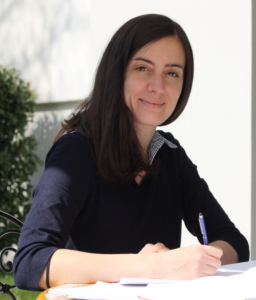
Chiara Saffirio
Short Biography
Chiara Saffirio received her PhD degree in Mathematics in 2012 at the University of Rome, La Sapienza. Then she worked as postdoctoral researcher in the Hausdorff Center for Mathematics at the University of Bonn and as an SNF Ambizione fellow at the University of Zurich. In 2019 she was appointed SNF Eccellenza Assistant Professor at the University of Basel. Chiara’s research focuses on the derivation of effective evolution equations emerging from classical and quantum many-body systems, such as Boltzmann, Hartree-Fock and Vlasov equations, describing the dynamics of classical and quantum gases or plasmas.
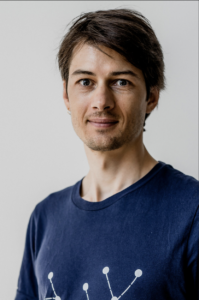
Vincent Tassion
Short Biography
Born in the village of Beaufort in the French Alps, Vincent Tassion studied mostly in Lyon, where he received his PhD from the ENS Lyon in 2014, advised by Vincent Beffara. After a postdoc in Geneva in the group of Hugo Duminil-Copin, he started to work at ETH Zurich in 2017, first as an assistant professor, then as an associate professor.
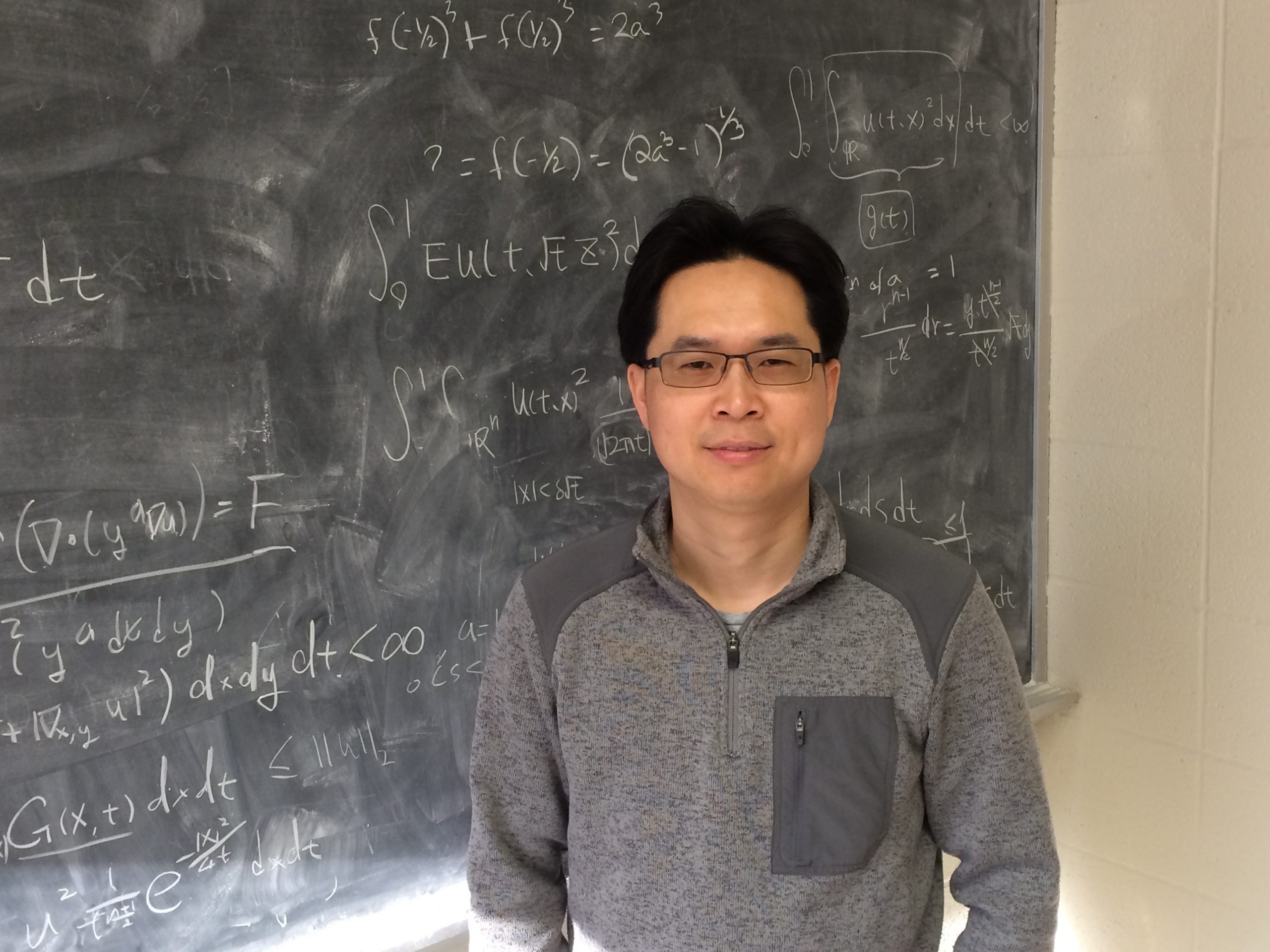
Wei-Kuo Chen
Short Biography
Wei-Kuo Chen earned his B.Sc. and M.Sc. in Math from Taiwan. In 2009, he received his Ph.D. degree in math at the University of California, Irvine. From 2012 to 2015, he was a L.E. Dickson instructor in the department of mathematics at the University of Chicago. Since then, he has been serving as an assistant professor in the school of mathematics at the university of Minnesota.
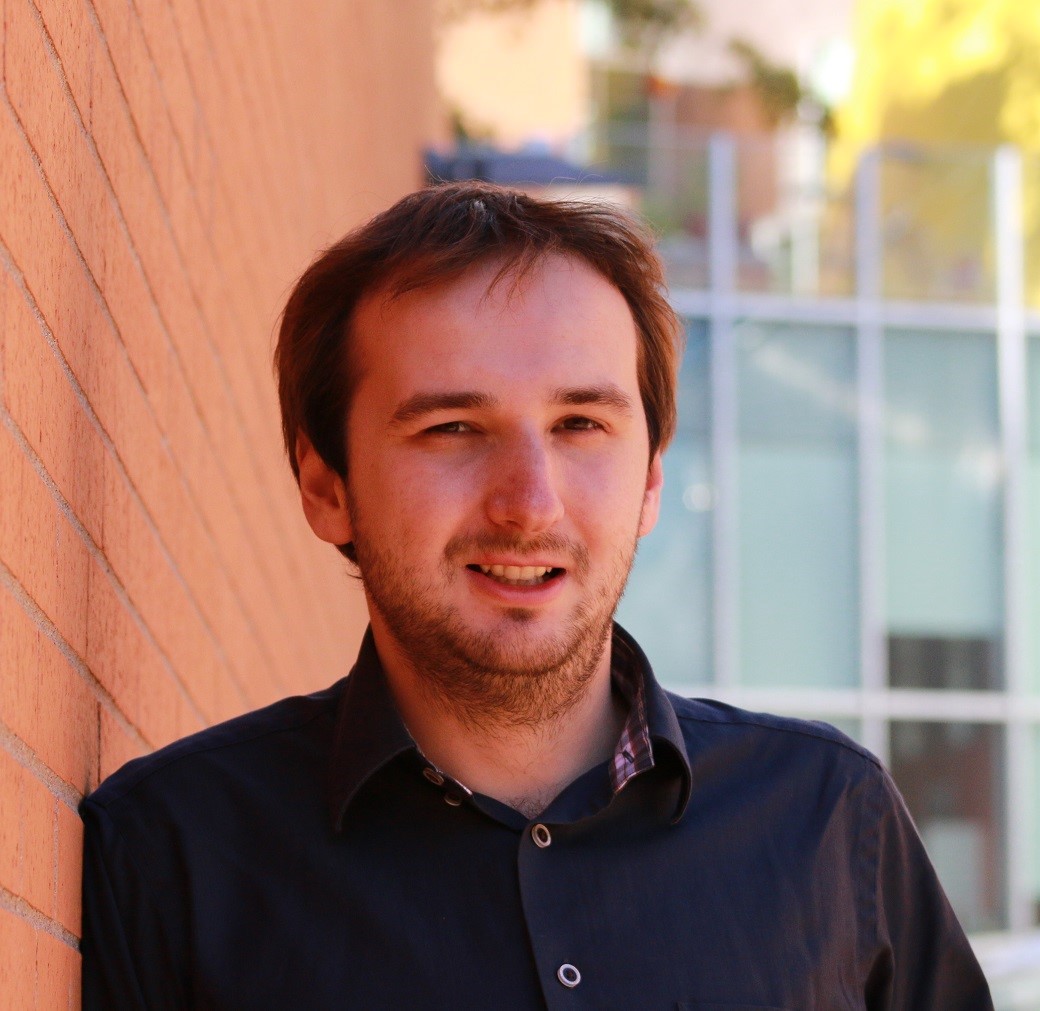
Vadim Gorin
Short Biography
Vadim Gorin was born in Moscow, Russia. He became a candidate of sciences in mathematics at Moscow State University in 2011, and at the same year he earned his PhD in mathematics from the Utrecht University. Vadim spent the Spring of 2012 at Mathematical Sciences Research Institute at Berkeley and then joined the mathematics department of the Massachusetts Institute of Technology. He has been working at MIT since that time: first as a CLE Moore Instructor and currently as an assistant professor.
Vadim Gorin works on asymptotic representation theory, studying various properties of representations of groups linked into series (such as unitary groups, orthogonal groups, or symmetric groups) as the rank tends to infinity. In a related work on mathematical statistical mechanics, Gorin focuses on 2-D lattice models, random matrices, and interacting particle systems.
The central tool of his research is the use of symmetric functions of representation-theoretic origin for the delicate asymptotic analysis of large stochastic systems of particles. Among the main results is the analysis of the macroscopic fluctuations for a class of discrete random stepped surface models leading to the Gaussian Free Field. In another direction, Vadim (with several collaborators) discovered a surprising appearance of random matrix distributions in the local limits of statistical mechanics systems such as the six-vertex model and random sorting networks.
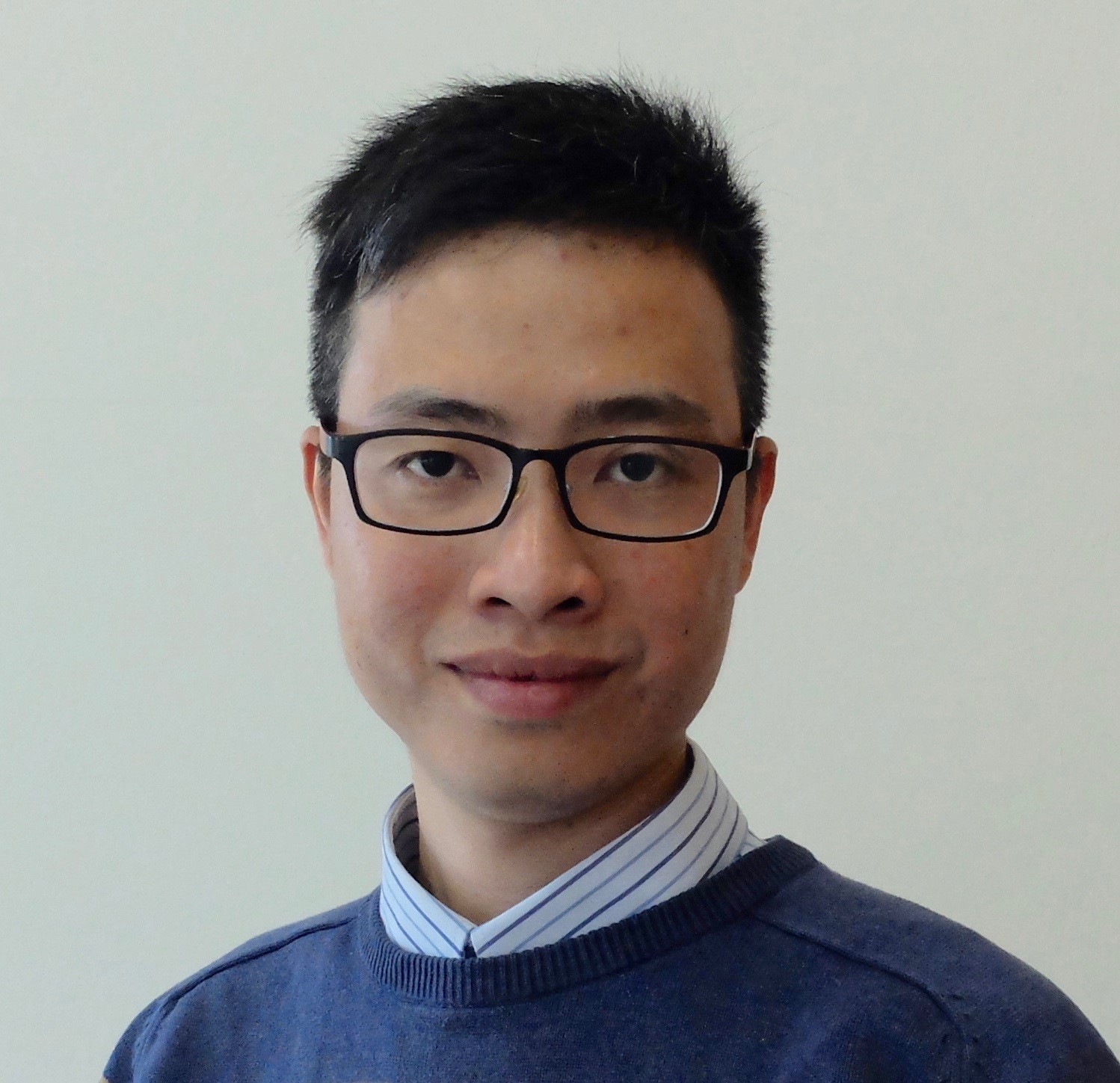
Phan Thanh Nam
Short Biography
Phan Thanh Nam was born in 1985 in Phu Yen, Vietnam. He graduated from Vietnam National University at Ho Chi Minh City in 2007 and obtained his PhD in Mathematics from University of Copenhagen in 2011. Afterwards, he was a Post-doc at CNRS and University of Cergy-Pontoise until 2013, a Post-doc at IST Austria until 2016, and an Assistant Professor at Masaryk University until 2017. Currently, he is a Professor of Mathematics at LMU Munich.
Nam’s work concerns the mathematical treatment of large quantum systems from first principles. His PhD thesis contains an original result on the maximum negative ionization of atoms. Further important contributions include a full solution to the ionization problem in Thomas-Fermi-Dirac-von Weizsäcker theory (joint with Rupert Frank and Hanne Van Den Bosch), a novel approach to the mean-field approximation of Bose gases (joint with Mathieu Lewin and Nicolas Rougerie), and a rigorous justification of Bogoliubov excitation spectrum (joint with Mathieu Lewin, Sylvia Serfaty and Jan Philip Solovej). He also works on many-body quantum dynamics, semiclassical approximation, and Lieb-Thirring type inequalities.
The three IUPAP Young Scientist Awards for the Commission on Mathematical Physics (C18) for the period 2015-2017 were awarded on July 27, 2015, at the opening ceremony of the International Congress on Mathematical Physics, Santiago de Chile, to Roland Bauerschmidt, Joseph Ben Geloun, and Nicolas Rougerie.
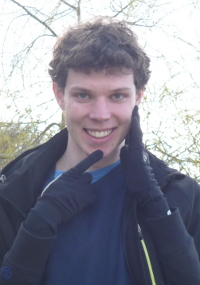
Roland Bauerschmidt
Short Biography
Roland Bauerschmidt has been awarded the IUPAP Young Scientist Prize in Mathematical Physics 2015-2017 for his work on self-avoiding random walks in 4 dimensions and the development of supersymmetric renormalization group techniques for their study.
Born in Hannover, Germany, Roland Bauerschmidt studied in Bonn, Germany, and Zurich, Switzerland, and received his B.Sc. and M.Sc. in Physics from ETH Zurich. His Ph.D. in Mathematics (2013) is from the University of British Columbia, Vancouver, Canada. He spent the year 2013-2014 at the Institute for Advanced Study, Princeton, before moving to Harvard University, where he is currently a Postdoctoral Researcher. In 2016, he will return to the University of British Columbia as Assistant Professor of Mathematics.
Bauerschmidt has mastered, developed and extended a renormalization group program initiated by David Brydges and Gordon Slade, and made important contributions to this area. In a strikingly original paper, he provided a simple new way to understand the finite range decompositions of Gaussian fields that underpin the renormalization group approach.
His work on the structural stability of non-hyperbolic dynamical systems is an essential ingredient in the application of the renormalization group method.
Bauerschmidt’s work sheds new light on fundamental aspects of statistical physics, such as the behaviour of the self-avoiding random walk in four dimensions, quantum friction, and random matrix theory.
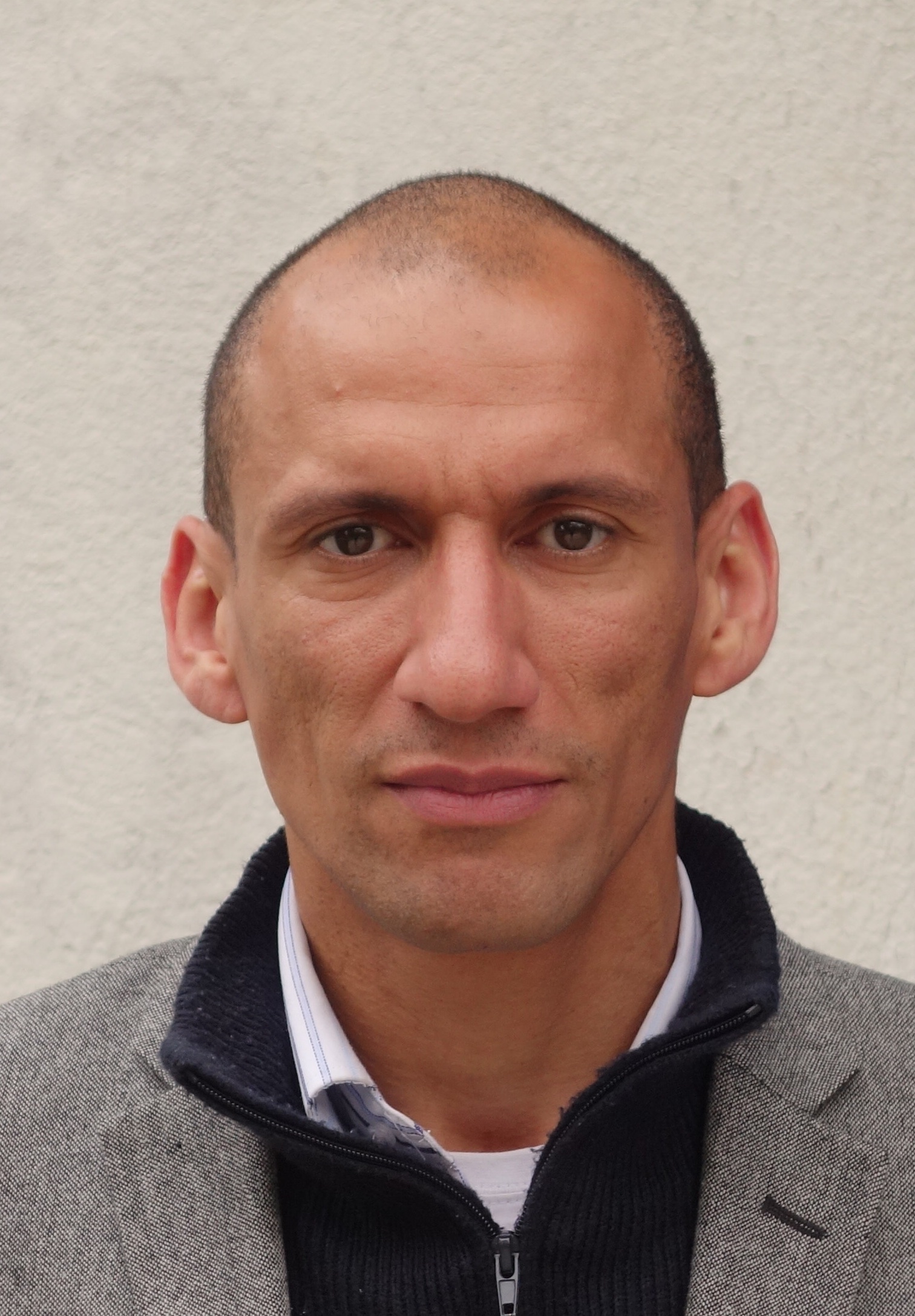
Joseph Ben Geloun
Short Biography
Joseph Ben Geloun has been awarded the IUPAP Young Scientist Prize in Mathematical Physics 2015-2017 for his pioneering work on the renormalization of tensor field theories and his discovery of their generic asymptotic freedom.
Joseph Ben Geloun was born 1976 in St. Louis, Sénégal. After graduating from Cheikh Anta Diop University in Dakar, Sénégal, he received his PhD in 2007 from Université Nationale du Bénin.
After visitor’s and postdoctoral positions at Université Paris-Sud, France, and University of Stellenbosch, South Africa, he held a post-doctoral position at the Perimeter Institute for Theoretical Physics, Waterloo, Canada, from 2010 to 2013.
After his PhD, Ben Geloun entered research on quantum gravity. In just a few years he became a major expert in the field. His most striking results concern a new class of non-local renormalizable quantum field theories, called tensor field theories, whose perturbative expansion sums over random geometries weighted by a discretized Einstein-Hilbert action. In his classification of these models, he discovered an unexpected property, namely their generic ultraviolet asymptotic freedom.
He has also started to direct the research work of younger scientists such as Dine Ousmane Samary and Remy Avohou. Now a Humboldt Fellow at the Albert Einstein Institute in Golm, Germany, Ben Geloun is becoming a role model for the next generation of young African scientists.
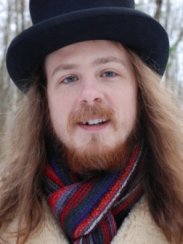
Nicolas Rougerie
Short Biography
Nicolas Rougerie has been awarded the IUPAP Young Scientist Prize in Mathematical Physics 2015-2017 for his exceptional contributions to the theory of cold quantum gases, in particular the proof of the appearance of a giant vortex and vortex circles in rapidly rotating Bose gases.
Nicolas Rougerie was born in 1985 in Versailles, France, and received his PhD in Mathematics from Université Pierre et Marie Curie, Paris, in 2010. He subsequently became a postdoctoral associate at Université de Cergy-Pontoise. In 2011 he was awarded a permanent CNRS researcher position in mathematics, at Laboratoire de Physique et Modélisation des Milieux Condensés, Grenoble (the only CNRS position in mathematical physics awarded in all of France in that year).
Already the PhD thesis of Nicolas contains seminal results on giant vortices and vortex circles, and he published two important papers on these topics in 2011. This work was pushed further in a series of papers together with Michele Correggi, Florian Pinsker and Jakob Yngvason, which appeared 2011-2013. Further important contributions concern the quantum Hall regime of rapidly rotating Bose gases (joint with Sylvia Serfaty and Jakob Yngvason), a new approach to the mean-field limit in quantum many-body physics, based on a quantum version of de Finetti’s theorem (joint with Mathieu Lewin and Phan-Tanh Nam). He has furthermore published work on polarons in quantum crystals, on higher dimensional Coulomb gases and on the average field approximation for extended anyons.




